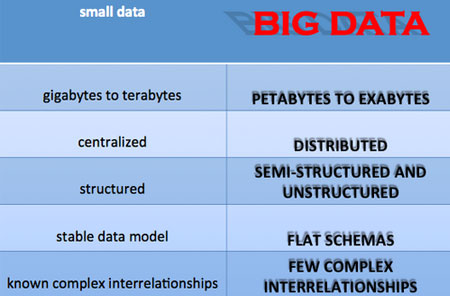
Creator
The Solo, Micro & Small Business Manifesto was created by Flying Solo – a solo, micro and small business community with headquarters in Sydney Australia.
Purpose
The Solo, Micro & Small Business Manifesto is a summary of “what we believe makes a successful and happy soloist.” A soloist is a person who runs a solo, micro or small business.
Create a business and a life you love: Solo, Micro & Small Business #Manifesto Share on XThe Solo, Micro & Small Business Manifesto
Why I have chosen soloism
- Unlike employment, soloism allows me to feel liberated not obligated
- In Soloville the playing fields are perfectly level.
- Work assumes its proper place alongside the rest of my life.
- I prefer working in the absence of a formal workplace structure.
- Soloism allows me to create my own measures of success.
- I have the freedom to be spontaneous.
- Soloism enables me to make the most of being myself.
- I get to keep my priorities at the top of my action list.
Why I am suited to flying solo
- I maintain a healthy level of self-confidence.
- I’m self-aware and naturally inquisitive.
- I enjoy being mentally stimulated.
- I strive for authenticity and integrity in all I do.
- I’m proactive and enjoy fully participating.
- I hold myself accountable and do not make excuses.
- I am disciplined and responsible with money.
Why it’s so good for me
- I have the freedom to fully express myself through my work.
- What I do is totally congruent with who I am.
- I feel an overriding sense of freedom each and every day.
- I face my future head-on. There?s no hiding.
- I do not have to unwind. The pace of my business is the pace of my life.
- Soloism constantly stretches and challenges my boundaries and limitations.
- Soloism gives me the confidence to hold my ground.
What I believe
- I know that if others can do it, I can do it.
- If this is a ‘job’, it’s a damn fine one!
- I champion innovation and free thinking.
- Live for the present and enjoy it to the full.
- I respect the relationship between beliefs and outcomes and channel my thoughts accordingly.
- If I?m not passionate about my work, I need to do something else.
- With the right attitude I?ll be a magnet for inspirational ideas.
- An inspiring vision must always be at the heart of my solo venture.
- Being myself is not just good for my soul, it?s good for business.
- By loving my work I attract opportunities and promote word-of-mouth referrals.
- It’s better to be heard well by one person than forgotten by five hundred.
- The secret to managing time is to first know what I?m trying to do with it.
The way I work
- I run my solo business as I choose.
- I set my own pace.
- I engage and participate fully in all that I do.
- I don’t need permission to take a break from anyone other than me.
- I don’t need to follow the example of bigger businesses.
- I focus on what I have, not on what I do not have.
- I conduct my business from wherever I choose.
- I freely share my knowledge and wisdom with others.
- I listen deeply to my clients and prospects, developing genuine empathy with them.
- I have balance within life and work, not between life and work.
- I position myself firmly in the flow of ideas, influences and information.
- I like to get the ear of influential people.
- I take responsibility for my mistakes.
- While I may do what others do, I strive to do it better and do it my way.
- I acknowledge the role of research and development in the evolution of my business.
- I consider my clients and customers to be my partners.
- I attach great importance to the relationships around me.
- I work to surround myself with supporters.
- I do not binge; I’m consistent in my actions.
- I know when and where to focus my energies.
- I know the value of my work and charge accordingly.
- I have determined my rates and do not work for less.
- I do not carry junk and clutter in my work.
- I have a clear means of reviewing my performance and do so regularly.
- I protect my energy sources by taking breaks.
- I put myself first.
Source
Comment
The Solo, Micro & Small Business Manifesto fits beautifully with Principle #5 of the Manifesto Manifesto: ‘Manifestos define us’ in their use of the words ‘soloism’ and ‘soloist’. Whilst they’re not the most elegant words they do give the people who run a solo business a name and an identity. This
I think this manifesto needs an edit. There are some great themes and values here that I resonate with in my solo business. However, it feels like it was created by a committee that couldn’t make a decision. It’s trying to cover too much territory and loses it’s impact. It could be split into several related manifestos or simply edited.









